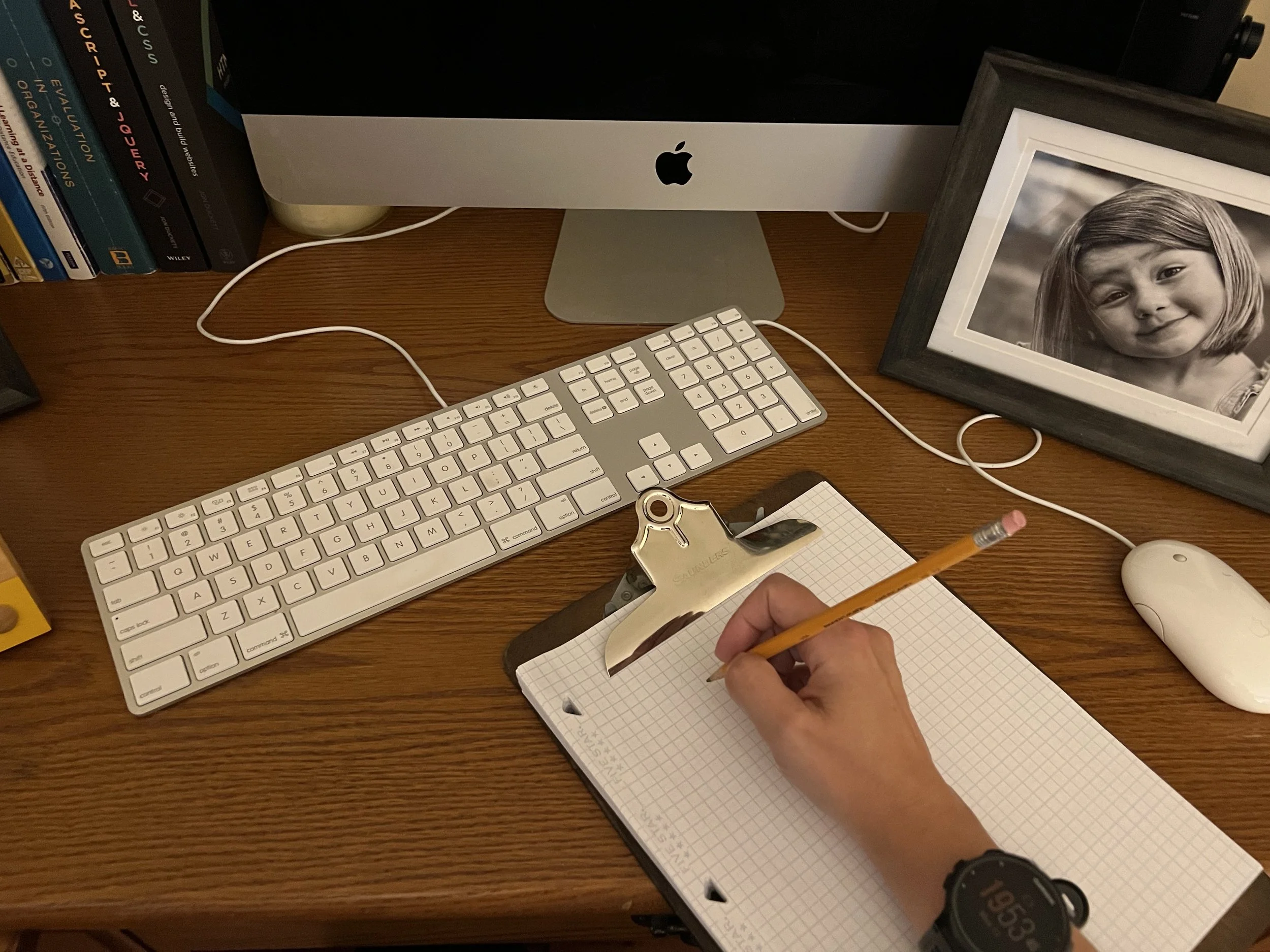Design
“The process of specifying conditions for learning” (Seems & Richey, 1994, p.30). The domain of design includes four subdomains of theory and practice: Instructional Systems Design (ISD), Message Design, Instructional Strategies, and Learner Characteristics.
Prior to starting the Instructional Design and Technology program, I approached design by focusing solely on what needed to be taught and how to make it look visually appealing and organized, at least from my own perspectives and visual preferences. I paid little attention to who my audience was, how their characteristics could and certainly would impact how instruction should be designed, and what my overall objectives for presenting the content would be. Now, however, I have come to realize through the courses offered in this program, just how crucial and important the design process is to providing quality instruction and paving the way for the rest of the instructional process. As it is during this stage that the instructional strategy is broken down, the learner is analyzed, the performance and learner contexts are carefully identified, the objectives are dissected, and media is selected in order to move to the next stage and ultimately begin the process of producing instruction that achieves the intended goals.
Instructional Systems Design (ISD)
"Instructional Systems Design is an organized procedure that includes the steps of analyzing, designing, developing, implementing, and evaluating instruction" (Seels & Richey, 1994, p.31).
For this Distance Education assignment, I was tasked with systematically designing instruction that supported learning. For which, I chose to center around the topic of approving hours and running reports in TimeClock, the wage hour tracking system used across the Virginia Tech campus. This wasn't my first experience with this systematic approach or process as I was introduced to it while taking Design for Learning. However, it allowed me to gain further experience in applying the Instructional System Design components to my lesson plan, which allowed me to truly focus on the most important aspects of instruction and direct how I proceeded.
Message Design
"Message design involves planning for the manipulation of the physical form of the message" (Seels & Richey, 1994, p.31).
To showcase this subdomain, I created a message in Adobe Photoshop to help someone from home determine what items can and cannot be composted by incorporating the Gestalt principles of similarity, connection, and proximity into my design to make it as easy as possible to understand, while also appealing visually in terms of color choices and simplicity. I chose to explore this topic while taking Learning Message Design after my sister-in-law started a composting company, and because it occurred to me that a simply created message might prove effective when contemplating whether or not to compost your egg shells or throw them in the trash. Plus, this is an item that could quite easily be displayed in a kitchen, where it is most useful.
Instructional Strategies
"Instructional strategies are specifications for selecting and sequencing events and activities within a lesson" (Seels & Richey, 1994, p.31).
To showcase this subdomain, I developed an instructional strategy, while taking Design of Learning, to describe how each objective would be met by the instruction I designed to help Math Emporium janitors effectively clean the facility each day. This included strategically clustering identified objectives that I felt should be connected following careful analysis, figuring out how much of the allotted time should be devoted to each cluster, and then laying out the events, activities, and assessments I would plan to use to help support learning. Following the completion of this part of the systematic process, I was able to truly reflect on the level of detail that was produced in support of instruction and recognize any lack of detail in the instruction I produced prior starting this program.
Learner Characteristics
"Learner characteristics are those facets of the learner's experiential background that impact the effectiveness of a learning process" (Seels & Richey, 1994, p.32).
For this assignment and project, I completed detailed learner and content analyses in an effort to properly identify instructional strategies that could and eventually would be incorporated into the web-based instructional program I created to improve proctor training at the Math Emporium as my project topic for Applied ID Theory. By doing so, I not only gained a much better understanding of the individuals I employ each semester, in my role as operations manager, but I was also able to provide them with an improved training program that captured and adequately responded to their characteristics and the needs surrounding performing as a proctor.

